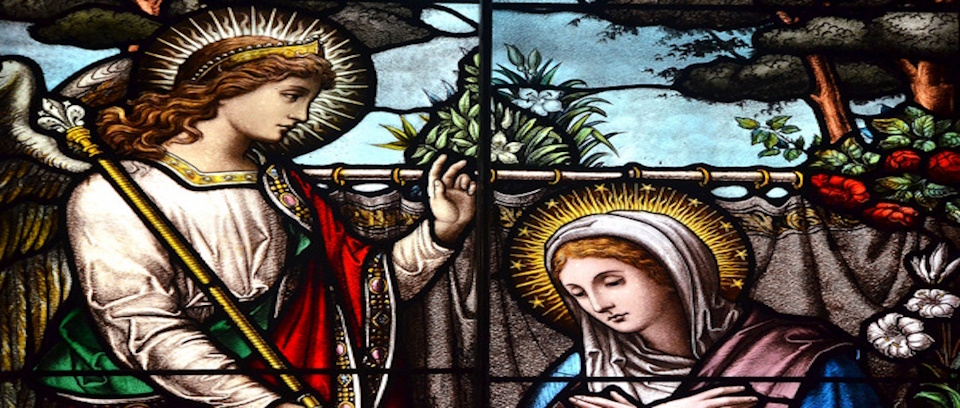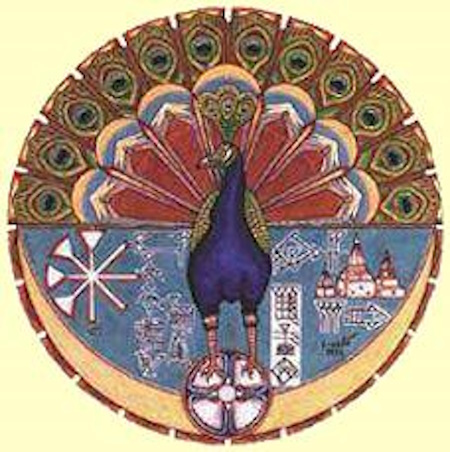24th March - Old Feast of St Gabriel
Written by Anne N 14th April 2020 updated 2024
The feast of Saint Gabriel was included by Pope Benedict XV in the General Roman Calendar in 1921, for celebration on 24th March. In 1969 the day was officially transferred to 29th September for celebration in conjunction with the feast of St. Michael and St. Raphael.
Gabriel - 'God is my strength', Gabriel, Hebrew Gavriʾel, Arabic Gibrāʾīl, Jabraʾil, or Jibril, in the three Abrahamic religions—Judaism, Christianity, and Islam.
Gabriel was first described in the Hebrew Bible when the Archangel appears to the prophet Daniel to explain the vision of the ram and the he-goat and to communicate the prediction of the Seventy Weeks.

In the apocalyptic Books of Enoch “the four great archangels” are Michael, Uriel, Raphael, and Gabriel. Gabriel is usually shown clothed in blue or white ... The archangel appears in such other ancient Jewish writings as the Book of Enoch. Archangel Gabriel and Archangel Michale are the guardian angels of Israel, defending this people against the angels of the other nations.
The Gospel of Luke tells of the Annunciation, in which the angel Gabriel appears. Then, he appears to Zacharias to tell him that his wife Elizabeth, Mary’s cousin, is pregnant with John the Baptist.
He then appears to the Virgin Mary, to tell that she will give birth to the Son of God, Jesus.
Islam regards Gabriel as an archangel sent by God to various prophets, incuding Muhammad. The first five verses of the 96th chapter of the Quran are believed by Muslims to have been the first verses revealed by Gabriel to Muhammad.
The Church of the Latter Day Saints hold that the angel Gabriel is the same individual as the prophet Noah in his mortal ministry.
Yazidis consider Gabriel one of the Seven Mysteries, the heptad to which God entrusted the world and sometimes identified with Melek Taus - the Peacock Angel.
 |  |
Patron saint of messengers, telecommunications workers, and postal workers, those who work for broadcasting and telecommunications such as radio and television, postal workers, clerics, diplomats, and stamp collectors.





